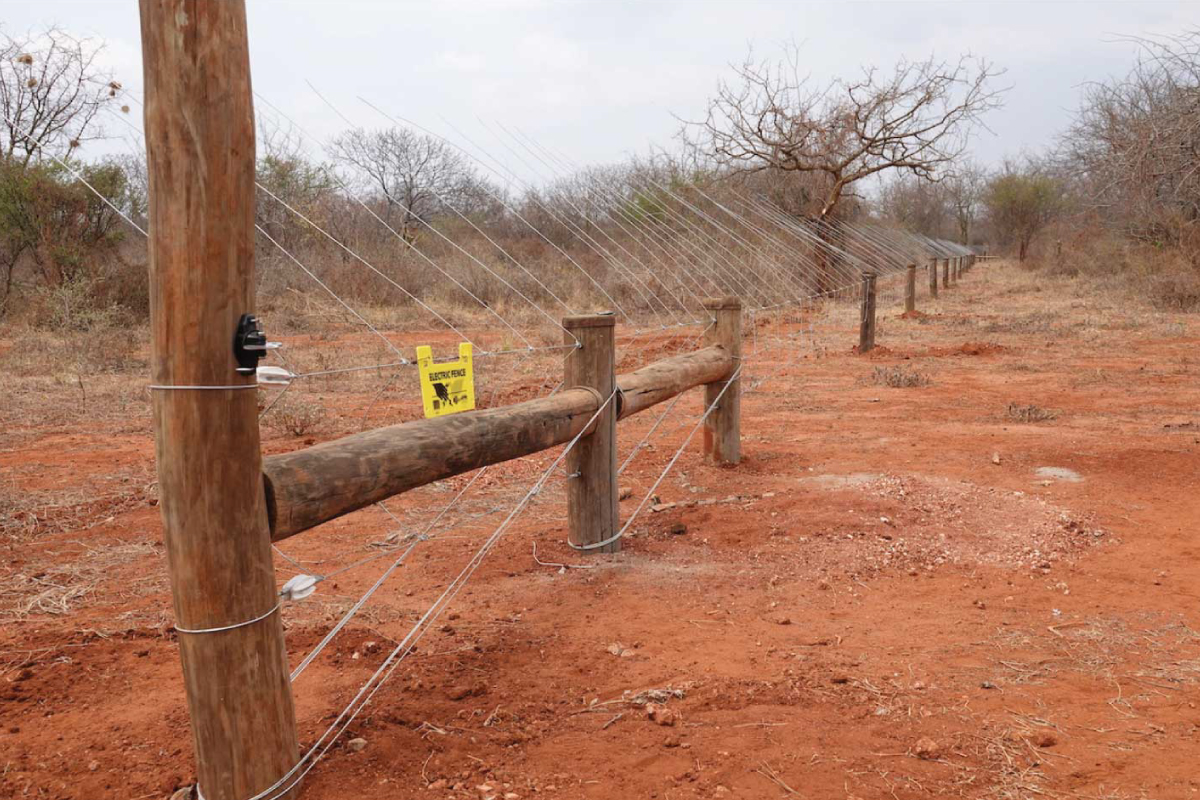The animal kingdom possesses some remarkably strong animals, capable of immense feats of strength. For predators such as the African leopard, their strength allows them to hoist prey larger than themselves high into trees. For the cape buffalo, their strength helps them to shrug off even Africa’s largest predators. However, for this article we look at the world’s strongest animal and one we know all too well here at Tsavo Trust, the African elephant.
The African elephant
On average, an adult African elephant weighs about 5,443 kilograms (12,000 pounds), surpassing any other land creature. Even female elephants, typically smaller, often weigh between 2,268 and 6,350 kilograms (5,000 to 14,000 pounds). This impressive mass isn’t just for show; it is backed by an impressive amount of strength.

How strong is an African elephant?
Defining strength can be challenging. It can be measured relative to body weight or by the sheer amount of weight an animal can lift. By the latter measure, African elephants stand out as the most powerful land animals, with estimates suggesting they can lift their own body weight of 6,000 kg (13,228 lbs).
This impressive strength is consistently demonstrated in the wild. In the Maasai Mara, Kenya, tourists have captured photos of a mother elephant easily lifting a female cape buffalo, weighing around 500 kg, several feet into the air.
Their trunks alone, composed of 40,000 muscles, can carry over 200 kg, highlighting the extraordinary power of these magnificent creatures.
Tipping point: The strength to topple trees
Elephants are herbivores with huge appetites, consuming around 130 kg of vegetation daily. Their diet primarily consists of leaves, branches, and bark from various plant species. To access all these nutrient-rich parts of a tree, some elephants will use their incredible strength and dexterity to simply push the tree over, or break it in half.
Typically, only the larger bulls can accomplish this, showcasing the immense strength these animals possess.
“When elephants fight, it is the grass that suffers”
Perhaps the most significant driving factor behind an elephant’s incredible strength is increasing their chances of mating. Like many animals, African elephants exhibit sexual dimorphism, with distinct morphological differences between males and females. For example in many bird species, males become more colourful to attract females, while in mammals, males often grow larger and stronger to fight for the right to mate.
For male African elephants, this means that larger and stronger individuals have better mating opportunities. These males engage in brutal battles of pure strength against each other, sometimes lasting several days. Once a male has bested his rival, proving his strength, he earns the opportunity to mate with a female in oestrus, thereby passing on his genes.
Muscle and might: The anatomy of Elephant power
The strength of African elephants is largely attributed to their robust skeletal structure and massive musculature. Elephants’ ‘muscle bundles’ are notably tighter than those of other animals, particularly in the legs which bear an immense weight. These muscles are crucial for supporting the elephant’s large body mass and providing stability.
Complementing this strong skeletal framework are powerful muscles in their trunks, legs, and shoulders, which allow them to perform impressive tasks such as lifting heavy objects and pushing over trees. This combination of sturdy bones and dense, powerful muscles underscores the exceptional physical strength of African elephants.
Strength in battle: Elephants of war
Throughout history, humans have recognized the formidable strength of elephants, employing them in warfare for their immense size and power. Elephants were strategically utilised to intimidate enemies and breach enemy lines.
While historically Indian elephants were predominantly used due to their relative docility and ease of control, African savannah elephants played a significant role in specific conflicts, such as during the Kingdom of Aksum’s invasion of the Himyarite Kingdom in the Arabian Peninsula in 525 AD. This historical use underscores elephants’ enduring reputation as symbols of strength and strategic advantage in military campaigns.
Conservation clash: Balancing human needs and elephant power
The remarkable strength of elephants poses significant conservation challenges, particularly in regions where human settlements and agricultural activities intersect with elephant habitats.
Elephants, with their ability to knock down almost all fences, often raid crops in search of food, leading to conflicts with local communities. This human-wildlife conflict not only threatens livelihoods but also results in retaliatory killings of elephants.

Additionally, their habit of pushing over trees, especially during periods of drought or when confined to smaller areas, can have lasting impacts on ecosystems by reducing tree populations and disrupting habitats for other species.
Conservation efforts often prioritize mitigating these conflicts through measures such as establishing wildlife corridors, implementing elephant-proof fencing, and promoting community engagement. These efforts aim to foster coexistence between humans and elephants while safeguarding livelihoods and biodiversity—a particular focus for organizations like Tsavo Trust, dedicated to balancing conservation with sustainable human development in elephant habitats.

